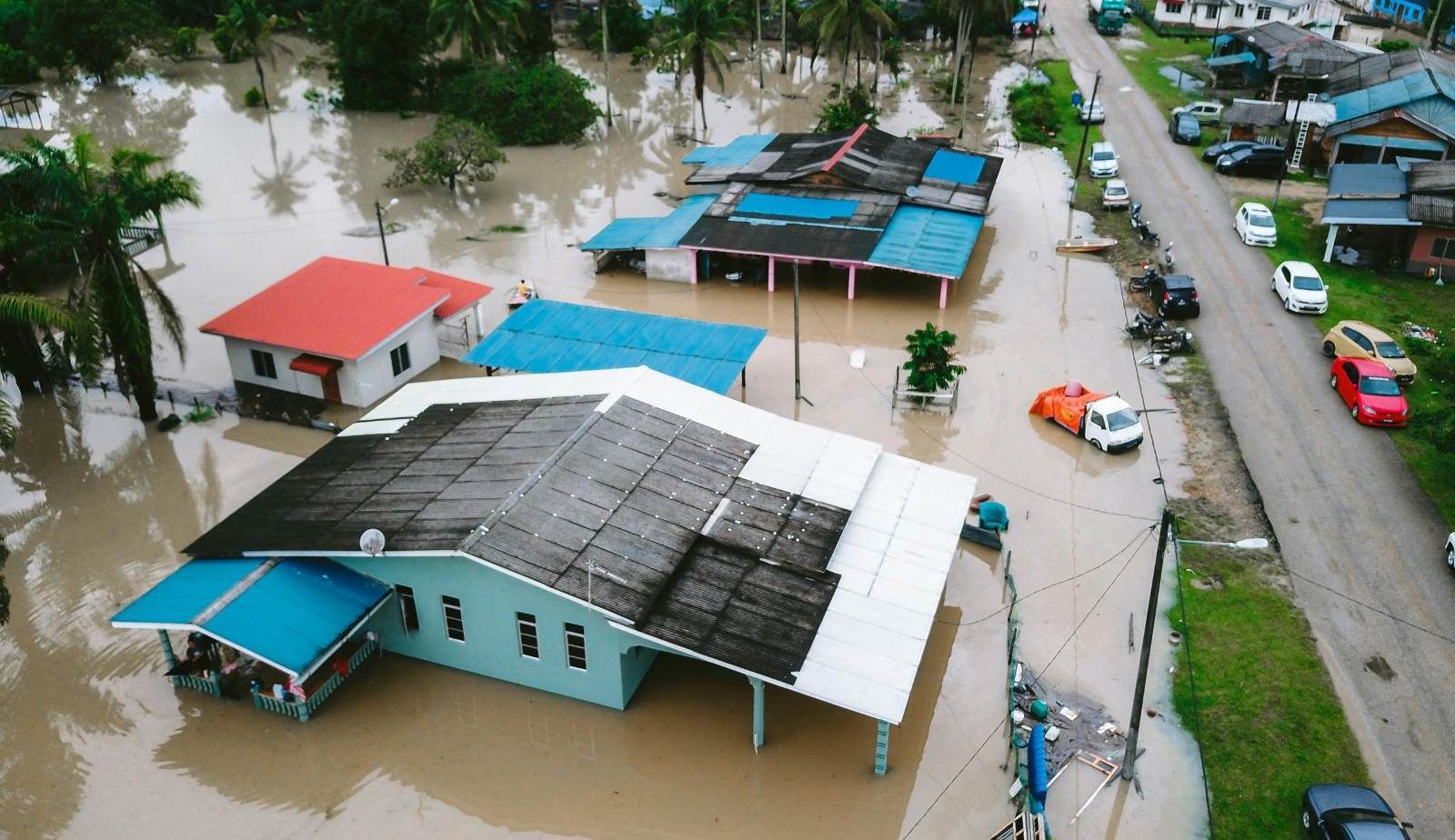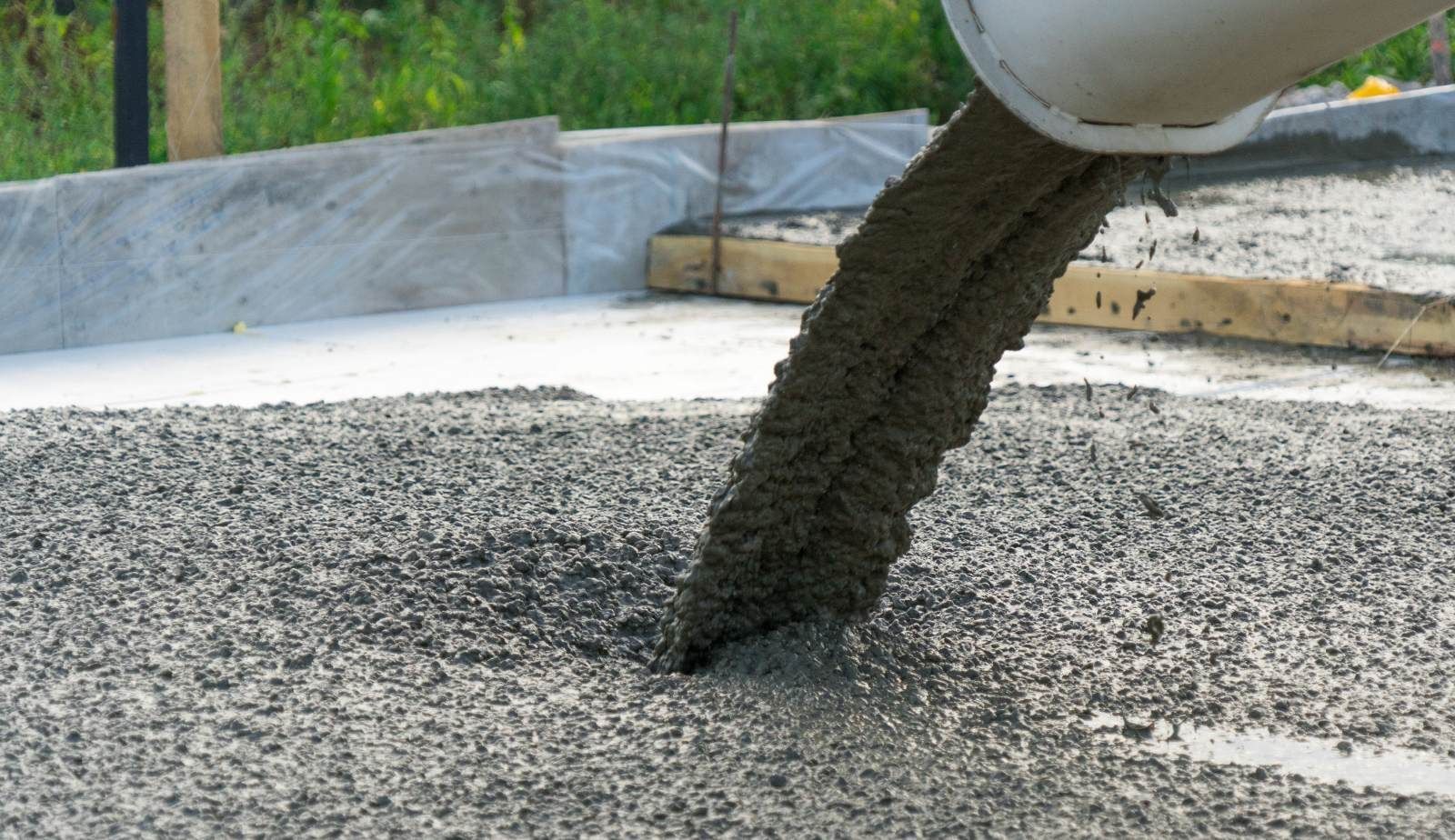Fireproofing Your Louisiana Home: Essential Fire Safety Tips and Recovery Strategies
Understanding the Importance of Fire Safety in Louisiana
Louisiana's vulnerability to fires due to its climate and geographical features makes fire safety a critical concern for homeowners in the state. With a high prevalence of residential fires Louisiana residents must prioritize proactive measures to protect their properties and loved ones from the devastating effects of fire incidents. The impact of fire damage on Louisiana homeowners underscores the urgent need for stringent safety protocols and preparedness to mitigate risks effectively.
In Louisiana, fires are often caused by a combination of natural elements and human activities. For example, severe weather conditions like hurricanes and thunderstorms can lead to electrical fires or lightning strikes, igniting wildfires in rural areas. Human factors such as smoking, candles, and heating equipment also contribute significantly to fire outbreaks in homes, highlighting the importance of vigilance and preventive measures to prevent accidents. By understanding these common causes of fires in the Acadiana area, Louisiana homeowners can tailor their fire safety strategies to address specific risks effectively.
Common Causes of Fires in the Acadiana Area
Fires in the Acadiana area can be attributed to various factors unique to Louisiana's environment. For instance, severe weather conditions, particularly hurricanes and thunderstorms, can result in lightning strikes that ignite wildfires in rural regions. As an illustration, a lightning strike during a storm can set ablaze dry vegetation, leading to a wildfire that poses a significant threat to homes and communities in the area.
Human activities also play a crucial role in fire incidents in Louisiana. For example, smoking, if cigarettes are not properly extinguished, can easily trigger fires, especially in dry conditions prevalent in the state. Similarly, unattended candles or faulty heating equipment can also be sources of ignition. For example, a space heater placed too close to flammable materials can spark a fire that engulfs a property within minutes. Therefore, it is essential for Louisiana homeowners to remain vigilant and implement proactive measures to mitigate these common causes of fires in the Acadiana area effectively.
To address these fire risks proactively, Louisiana residents should prioritize fire safety measures, such as regular maintenance of heating systems, proper disposal of smoking materials, and the use of flameless candles to reduce the likelihood of fire incidents. By raising awareness about these common causes of fires and implementing preventive strategies, homeowners can significantly enhance the safety of their properties and protect their families from the devastating consequences of fire outbreaks.

Key Fire Prevention Tips for Louisiana Homes
Ensuring fire safety in Louisiana homes requires a multifaceted approach that includes various preventive measures. One fundamental step is the creation of a family fire escape plan, which should be regularly practiced to ensure everyone knows what to do in case of a fire emergency. This plan should outline multiple escape routes from different parts of the house, designate a safe meeting point outside, and consider the unique needs of all household members, including children and pets. Regular drills can help ingrain these procedures in the family's routine, ensuring a quick and efficient response during a fire.
Proper storage of flammable materials away from heat sources is vital to prevent accidental fires in Louisiana homes. For instance, storing gasoline, propane tanks, and other flammable liquids in well-ventilated areas outside the house can reduce the risk of fire outbreaks. Additionally, maintaining heating systems, including furnaces, fireplaces, and space heaters, is essential to minimize fire hazards. Regular inspection by qualified professionals can identify potential issues and ensure that these systems operate safely, reducing the likelihood of fire incidents. By implementing these fire prevention tips, Louisiana homeowners can significantly enhance the safety of their properties and protect their loved ones from the devastating consequences of fires.
Steps to Take After Fire Damage Occurs
When fire damage occurs in Louisiana, homeowners must take prompt and decisive actions to mitigate the impact. One crucial step is contacting their insurance providers without delay to kick-start the claims process. By promptly involving insurance companies, homeowners can expedite the assessment of the damage and begin the necessary restoration work promptly. This proactive approach can help restore the property efficiently and alleviate some of the financial burdens associated with fire damage.
Following a fire incident, it is imperative for Louisiana homeowners to reach out to the relevant authorities to evaluate the structural safety of the property. These assessments are vital for ensuring that the home is safe to re-enter and that any potential hazards are identified and addressed promptly. Additionally, seeking the expertise of fire investigators to determine the root cause of the fire is crucial for understanding what led to the incident and taking preventive measures to avoid similar situations in the future. By cooperating with these professionals, homeowners can gain valuable insights into fire prevention and safety measures tailored to their specific circumstances.
Swift action and collaboration with insurance providers, authorities, and fire investigators are key components of the post-fire recovery process for Louisiana homeowners. By following these essential steps, individuals can navigate the challenging aftermath of a fire incident more effectively and work towards restoring their homes to safe and habitable conditions.
The Role of DryMax Restoration in Fire Damage Recovery
DryMax Restoration plays a crucial role in assisting Louisiana homeowners with fire damage recovery by offering specialized services tailored to address the aftermath of fire incidents. One essential aspect of their expertise lies in smoke damage removal and odor elimination, which are common issues following fires and can be challenging to tackle effectively. Through their years of experience and trained technicians, DryMax Restoration has honed their skills to efficiently and thoroughly address these specific challenges, ensuring that homes are restored to a safe and habitable condition.
DryMax Restoration goes beyond surface-level restoration by utilizing cutting-edge techniques like thermal imaging to identify hidden fire damage that may not be immediately visible to the naked eye. This meticulous approach allows them to address all aspects of fire damage, providing comprehensive solutions that homeowners can rely on for a complete restoration of their properties. By incorporating advanced technologies into their restoration process, DryMax Restoration enhances the quality of their services, setting them apart as a trusted and reliable partner for fire damage recovery in Louisiana.
In addition to their technical expertise, DryMax Restoration's collaboration with insurance companies simplifies the restoration journey for homeowners. By working closely with insurance providers, they help streamline the claims process and ensure that homeowners receive the necessary support to expedite the restoration of their properties. This partnership not only eases the financial burden on homeowners but also facilitates a smoother and more efficient restoration process, allowing individuals to focus on rebuilding their lives in the aftermath of a fire incident. With a commitment to professionalism and customer satisfaction, DryMax Restoration stands out as a leading provider of fire damage recovery services in Louisiana, dedicated to helping homeowners navigate the challenges of post-fire restoration with ease and confidence.
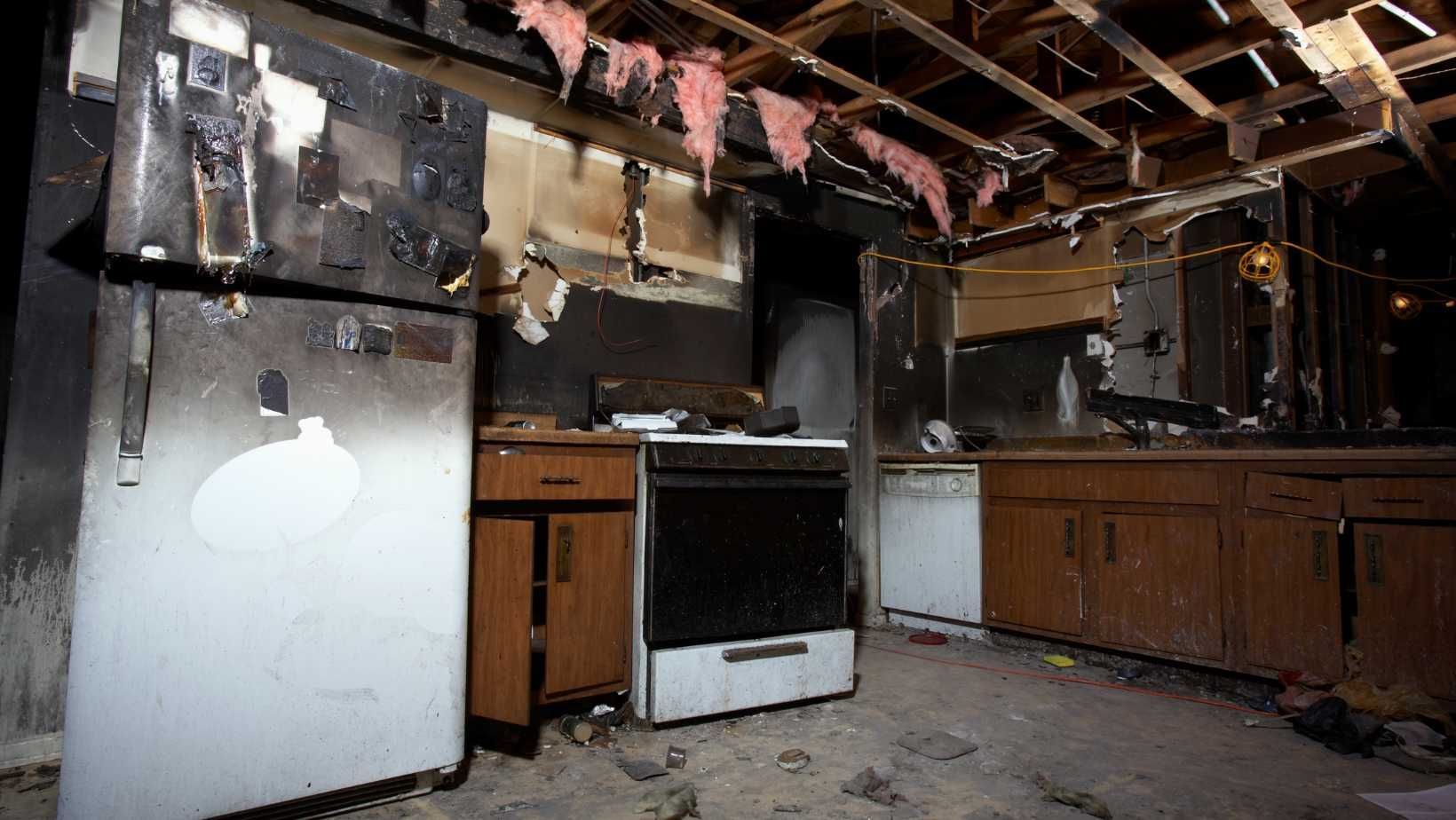
Fire Safety Regulations and Guidelines in Louisiana
The Louisiana State Fire Marshal plays a crucial role in enforcing fire safety codes to ensure compliance with NFPA standards across the state, aiming to reduce fire-related risks and enhance public safety. These regulations are essential to mitigate fire hazards and protect both residential and commercial properties from potential disasters. By adhering to the standards set by the NFPA, Louisiana homeowners can significantly reduce the likelihood of fire incidents and ensure they are well-prepared to handle emergencies effectively.
Furthermore, regular inspections conducted by fire officials serve as a proactive measure to confirm the presence and proper functioning of fire safety equipment in residential properties. These inspections are vital in identifying any deficiencies or issues with fire prevention systems, allowing homeowners to rectify them promptly and maintain a safe living environment for themselves and their families. By upholding these stringent guidelines, Louisiana residents can create a secure and protected space within their homes, minimizing the risk of fire outbreaks and ensuring a swift response in case of emergencies.
In addition to residential properties, commercial buildings in Louisiana are required to install fire sprinkler systems as a mandatory safety measure. These systems are designed to suppress fires effectively, limiting their spread and providing occupants with valuable time to evacuate safely. By implementing such preventive measures, businesses can not only safeguard their employees and customers but also protect their assets from extensive fire damage. Overall, adherence to fire safety regulations in Louisiana is paramount for maintaining a secure environment and reducing the devastating impact of fires on both residential and commercial properties.
Creating a Sound Fire Escape Plan
When creating a fire escape plan for Louisiana residents, it is crucial to consider the safety of pets during emergencies. Including provisions for pets in the escape plan ensures that every family member, including animals, can evacuate safely. For example, assigning a family member to be responsible for each pet and practicing how to secure them in carriers or leashes can streamline the evacuation process and prevent delays.
Designating backup meeting locations in the fire escape plan is vital to ensure that all family members can regroup safely if the primary meeting point is inaccessible. Identifying alternative meeting spots in different directions from the home, such as a neighbor's house or a nearby park, provides flexibility in case the usual meeting place is compromised during a fire. By having multiple rendezvous points, Louisiana residents can adapt to varying scenarios and enhance the efficiency of their evacuation strategy.
Conducting practice drills for young children is essential to familiarize them with escape routes and safety procedures in the event of a fire. Regularly practicing the fire escape plan helps children understand the importance of swift and orderly evacuation, reducing the likelihood of confusion or panic during an actual emergency. By involving children in these drills, Louisiana homeowners can instill a sense of preparedness and ensure that even the youngest family members know how to respond effectively to fire alarms and evacuation signals.
Resources for Fire Safety and Recovery in Louisiana
In addition to the workshops provided by local fire departments and online guidance for post-fire cleanup, Louisiana residents can benefit from a range of resources aimed at enhancing fire safety and recovery efforts. One such resource is the Louisiana State Fire Marshal, who enforces fire safety codes to ensure compliance with national standards like the NFPA 101 Life Safety Code. By partnering with entities like the National Fire Protection Association (NFPA) and Underwriter's Laboratories, Inc. (UL), the State Fire Marshal plays a crucial role in upholding safety regulations and promoting fire prevention measures across the state.
LSU AgCenter collaborates with local authorities to offer financial assistance and support to families impacted by fire incidents. These resources extend beyond immediate recovery needs to address long-term strategies for rebuilding and restoration. By providing guidelines on mold removal, disinfecting wells, and managing stress post-disaster, LSU AgCenter equips Louisiana residents with the necessary information to navigate the challenges of fire damage recovery effectively. The combination of local workshops, online resources, and institutional support underscores Louisiana's commitment to prioritizing fire safety and aiding homeowners in times of crisis.
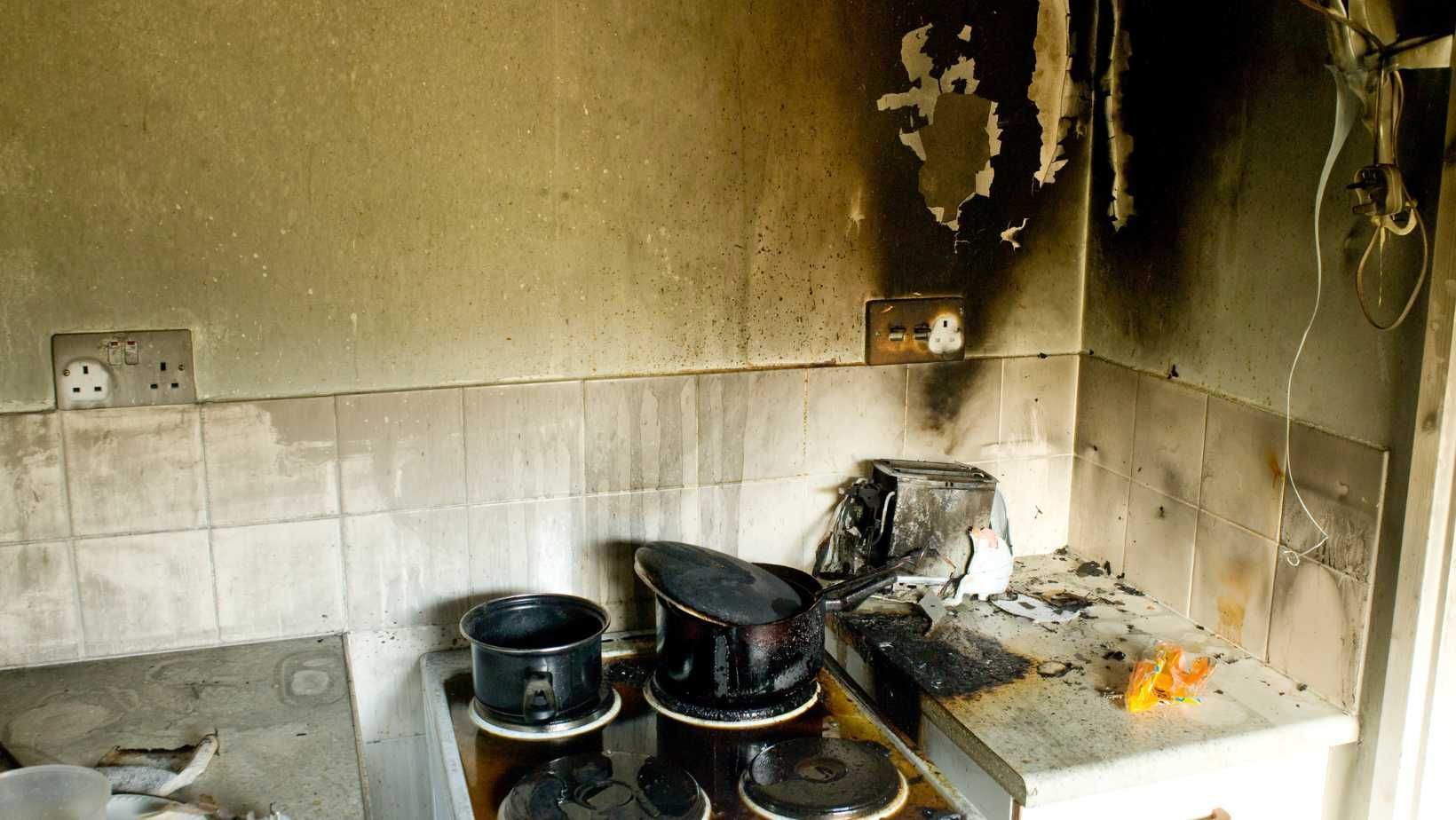
Importance of Mold Remediation After Fire
After a fire has occurred, the residual moisture and organic materials create an ideal environment for rapid mold growth within 24-48 hours. This swift development of mold not only poses structural risks but also significant health hazards to occupants. Therefore, it is imperative to address mold concerns promptly through professional mold remediation services to safeguard the well-being of residents and prevent further damage to the property.
In addition to health risks, unmitigated mold growth can lead to extensive property damage and reduce the indoor air quality, exacerbating respiratory issues for individuals exposed to mold spores. DryMax Mold's expertise in conducting meticulous mold inspections enables them to detect hidden mold proliferation post-fire incidents, ensuring that all affected areas are thoroughly treated and restored to a safe condition. By engaging in prompt mold remediation, homeowners can prevent long-term consequences and create a healthier living environment for themselves and their families.
Frequently Asked Questions
Addressing common queries within the content provides factual answers and expert advice aligned with fire safety regulations, empowering Louisiana homeowners with essential information for fire prevention and recovery.
Fire safety in Louisiana is a critical concern for homeowners due to the state's susceptibility to various fire hazards. One common question revolves around the causes of fires in the Acadiana area. Understanding the prevalent factors such as severe weather conditions like hurricanes and human-related activities like smoking, candles, and heating equipment can help residents take proactive measures to safeguard their homes[3].
Louisiana homeowners often inquire about the steps they can take to enhance fire safety within their properties. By emphasizing the importance of creating a family fire escape plan, storing flammable materials safely, and maintaining heating systems regularly, residents can significantly reduce the risk of fire incidents[3]. These preventive measures not only protect lives but also minimize property damage in the event of a fire. It is crucial for homeowners to stay informed and implement these practices to ensure a safer living environment for themselves and their families.
Empowering Louisiana Homeowners for Fire Safety and Recovery
It's imperative for Louisiana homeowners to recognize the importance of fire safety and recovery in their properties. By being aware of the common causes of fires in the Acadiana area, such as severe weather conditions like hurricanes and human-related factors like smoking, candles, and heating equipment, homeowners can take proactive steps to mitigate these risks[3]. For instance, ensuring proper storage of flammable materials away from heat sources and regular maintenance of heating systems can significantly reduce the likelihood of accidental fires.
After experiencing fire damage, homeowners should immediately notify their insurance providers, contact relevant authorities to assess property integrity, and cooperate with fire investigators to determine the fire's cause. These steps are essential for initiating the recovery process effectively and ensuring a thorough restoration of the property. Additionally, resources like free fire safety workshops offered by local fire departments and online guidance for post-fire cleanup can further assist homeowners in navigating the challenges of fire incidents[6].
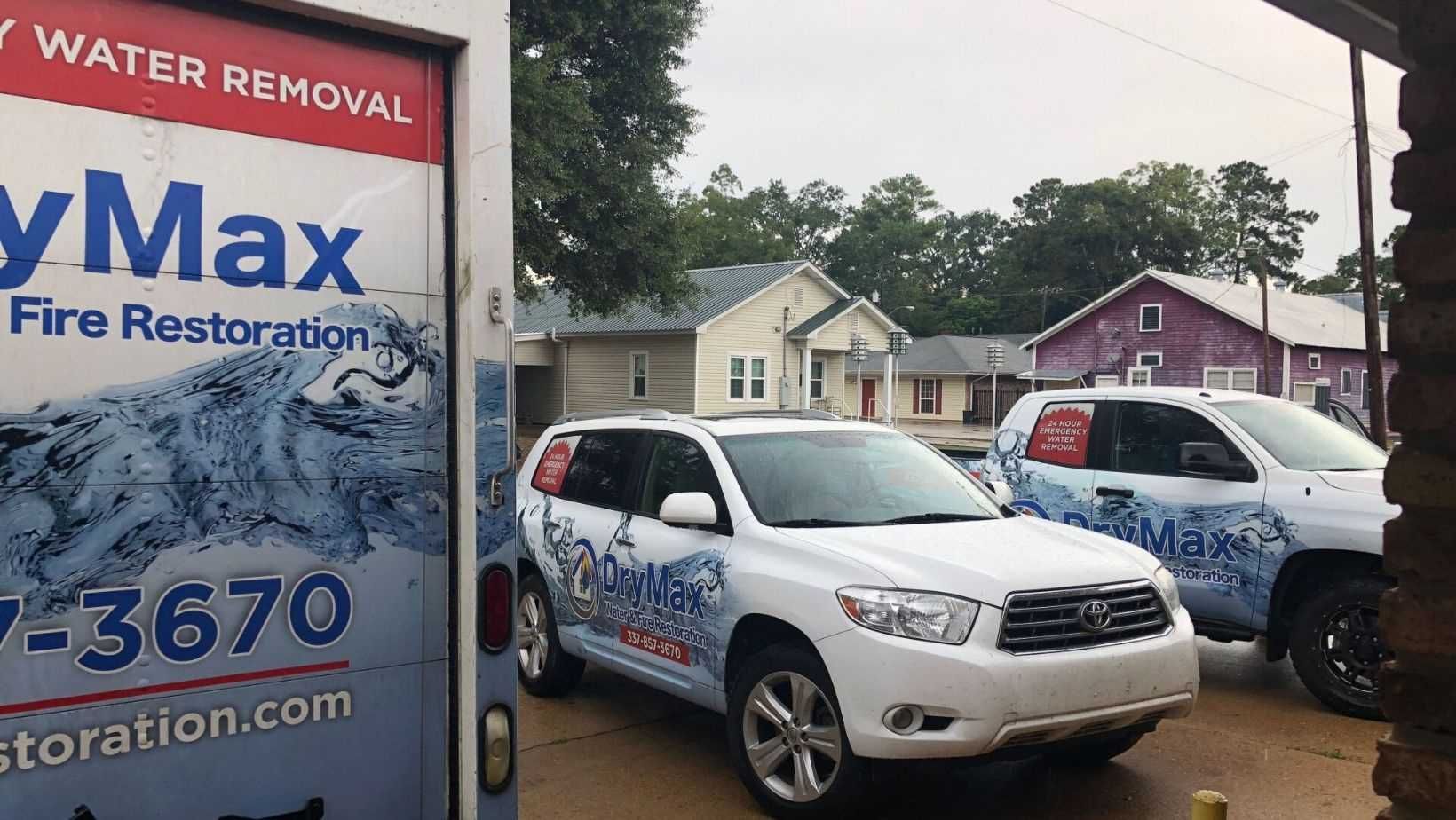
Empowering Louisiana homeowners to prioritize fire safety, create comprehensive escape plans, and access available resources is key to building a resilient and prepared community. By encouraging proactive engagement in fire safety practices and emphasizing the importance of seeking professional assistance, homeowners can protect their families and properties effectively. For expert fire damage restoration and mold remediation services, consider visiting DryMax Water - Fire - Mold to receive comprehensive support for any fire-related incidents in Louisiana.
You might also like
DryMax Restoration Blogs
